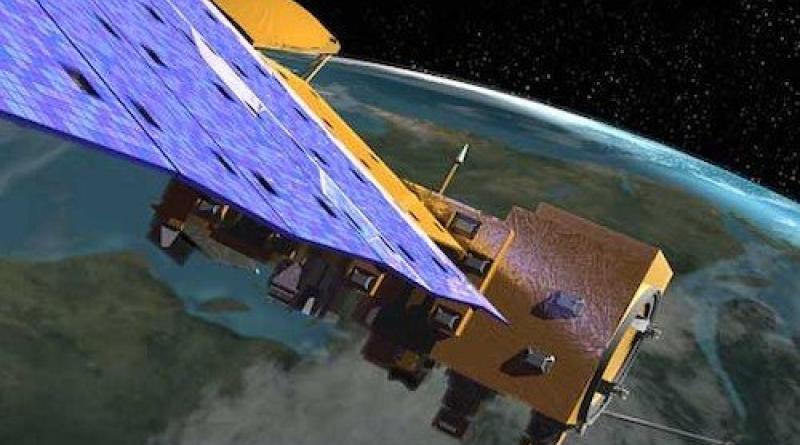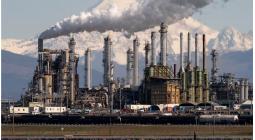New Big Oil Tech Masks Climate-Busting Methane Flares from Satellites

A new technology that enables oil and gas companies to burn off methane rather than flaring it may make their operations less visible to nearby neighbours, but will also mask their activities from orbiting satellites, a Guardian investigation concluded last week.
The change in equipment may compel countries to rely on self-reporting by the companies as they shift from flaring to enclosed combustors, where pollutants from hidden flames remain undetected by satellites.
“If you enclose the flare, people don’t see it, so they don’t complain about it,” Eric Kort, an associate professor at the University of Michigan, told the Guardian. “But it also means it’s not visible from space by most of the methods used to track flare volumes.”
In a recent satellite image investigation, the Guardian identified what appear to be enclosed combustors at sites belonging to fossil companies in the United States, United Kingdom, Germany, and Norway. They’re meant to replace the practice of gas flaring—burning it off instead of capturing it—a cheap way of dealing with the unwanted gas that accompanies oil production. Flaring is inefficient and releases methane into the atmosphere along with carbon dioxide and other pollutants, so climate advocates have been using satellites to monitor flares and push for industry regulation.
Methane is a shorter-lived climate pollutant than CO2, but carries about 85 times the global warming impact over the crucial 20-year span when humanity will be scrambling to get climate change under control.
“The World Bank, alongside the EU and other regulators, have been using satellites for years to find and document gas flares, asking [fossil] energy companies to find ways of capturing the gas instead of burning or venting it,” writes the Guardian. “The bank set up the Zero Routine Flaring 2030 initiative at the Paris climate conference to eradicate unnecessary flaring, and its latest report stated that flaring decreased by 3% globally from 2021 to 2022.”
But since then, enclosed combustors have begun appearing in the countries that promised to end flaring, the Guardian adds. Experts say these combustors are functionally the same as flares except the flame is hidden. They still release carbon dioxide, though they emit less methane because they burn more efficiently than flaring.
“Enclosed combustors are basically a flare with an internal flare tip that you don’t see,” said Tim Doty, a former regulator at the Texas Commission on Environmental Quality. “Enclosed flaring is still flaring. It’s just different infrastructure that they’re allowing.”
Satellite-mounted tools called Visible Infrared Imaging Radiometer Suite of detectors (VIIRS) find flares by comparing their heat signatures with bright spots of light visible from space. But VIIRS do not classify enclosed flaring devices as flares, and as the Guardian found, satellites cannot detect events when enclosed combustors are used instead of flaring.
However, satellite detection of flaring is a different process than satellite tracking of methane, and is not affected by the use of enclosed combustors. “The science of measuring methane from space does not rely upon any knowledge of the methane processing (including flaring),” Jay Almlie, chief marketing officer for Satelytics, cloud-based a geospatial analytics software suite, told The Energy Mix.
The Guardian used historical images to determine where flares had once been identified and have since been replaced by enclosed combustion devices. Earthworks confirmed the devices were used for combustion using an optical gas-imaging camera that looks for emissions leaks. The footage showed a heat signature suggesting that flaring was occurring inside, and also indicated invisible pollutants coming from the device. The footage was captured despite the site’s owner, Fulcrum Energy Capital Funds, telling the Guardian it had eliminated flaring from its facilities.
Companies cite different reasons for installing the enclosed combustors. For Ineos, a spokesperson said the enclosed flare “leads to significantly less noise being emitted and much lower luminosity”, which they said was important for communities nearby. An ArcelorMittal spokesperson similarly said the company had “installed an enclosed flaring device as a precautionary measure, so that the flare is not visible from a distance if gas had to be flared at night.”
The company also said the device had a 100% combustion rate and no measurable emissions, the Guardian reported.




